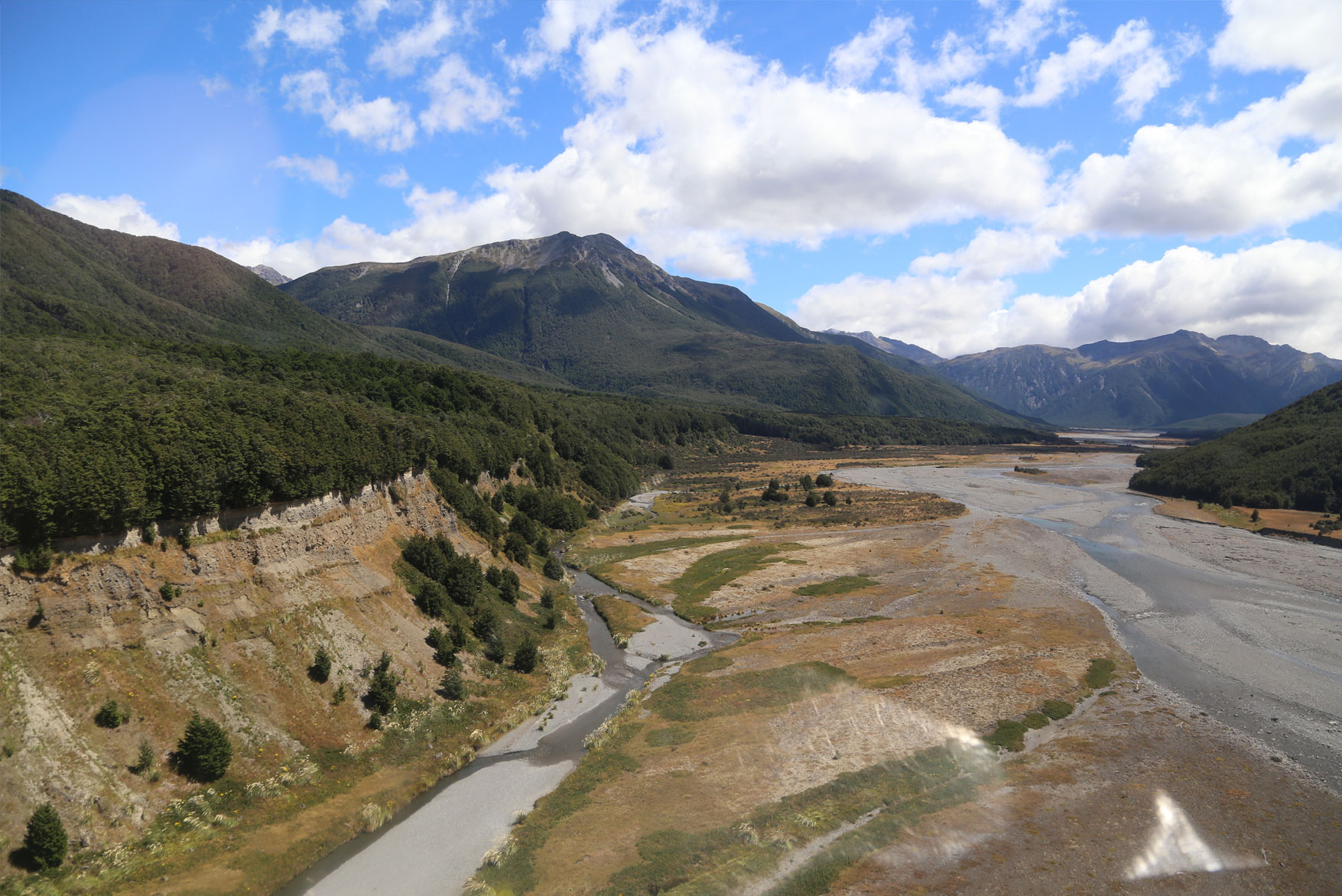Environmental weeds threaten the values of the upper Waimakariri River catchment, from the bottom of the gorge to upstream reaches.
The upper Waimakariri River catchment encompasses important ecosystems including beech forest, high-country tussock lands, extensive grey scrub and shrublands, and braided river networks. These habitats support indigenous birds, lizards, and invertebrates, a range of specially adapted and rare plants, and the Waimakariri River is an area of outstanding biodiversity and landscape values.
Weed infestations cover naturally open gravel habitats of braided rivers, removing habitat for threatened braided river bird species and providing cover for their predators. Weeds also change the river morphology, attract exotic birds, and outcompete native plants. While the upper catchments have relatively isolated weed infestations, high-use areas, particularly those close to infrastructure, are dominated by weeds.


